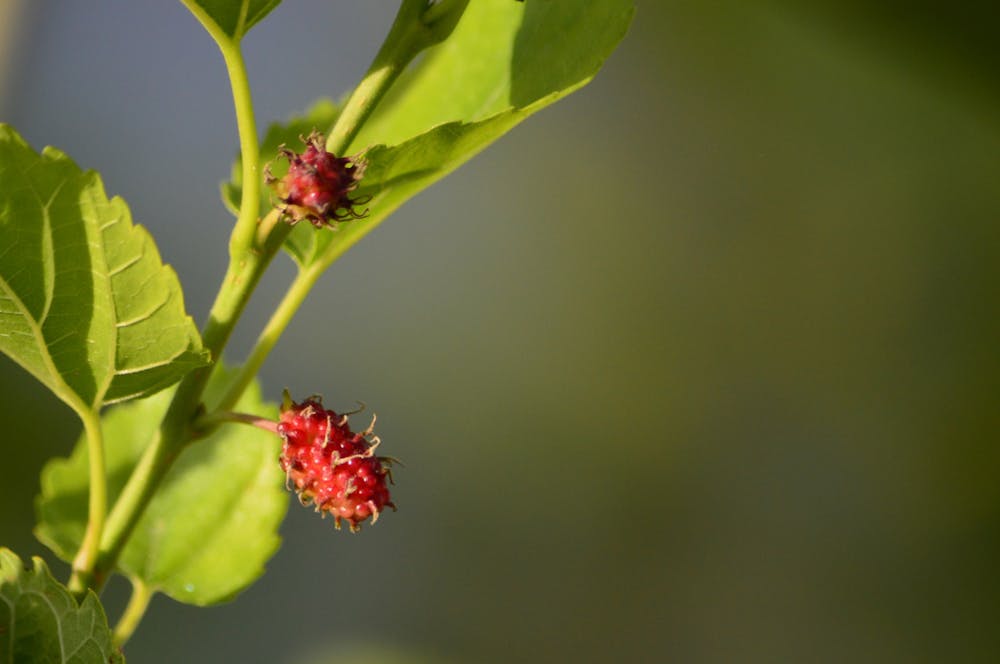By Mike Sherr
Editor-in-Chief
Hiding in plain sight in your backyard or in a park, red mulberry (Morus ruba) is a deciduous tree that is native to most of eastern and central North America. The tree produces multiple edible parts including its berries that can be a special treat for those passing by.
Around late spring, green flowers start to bloom on the tree which slowly turn into red and then dark purple berries in the summer. These berries are fully edible so they can be picked directly off a tree and eaten when they are ripe. These trees take about five to ten years to start producing fruit, with the number of fruits increasing as the tree matures.
The fruits themselves have a sweet and sour flavor akin to blackberries sold at grocery stores.
“They’re a little sweet — they’re delicious,” Phil Manganaro, the owner and chef at Park Place in Merchantville, New Jersey, told NJ.com.
Park Place is a restaurant that serves food incorporating foraged berries, fruit, vegetables and mushrooms. It is almost impossible to get a reservation at the high end restaurant; open reservations start as far as six months away.
Manganaro uses mulberries to create simple syrup, marinates and granita, but they can be used for almost any fruity snack. There are many recipes online for syrup, pie, wine and even iced tea.
The leaves on a red mulberry tree are also said to be edible and even healthy; being full of vitamins C and K, zinc, calcium and iron. That being said you might want to test them out before eating many of them, with one writer describing them as only “mildly tasty.”
Like most native plants, red mulberry trees face threats from invasive species. White mulberry trees (Morus alba), which are native to China and India, have become naturalized in the United States. Naturalization occurs when a non-native organism integrates itself into an ecosystem and begins to reproduce.
White mulberry trees were imported into the United States before the American Revolution to boost the production of silk for the British Empire. White mulberries were known to be the favorite food of silk worms (Bombyx mori).
The invasive trees have begun to slowly replace red mulberries through hybridization. The two trees are genetically compatible with each other, allowing them to reproduce to create a completely different tree.
There is not much emphasis on conservation efforts for red mulberry trees in New Jersey as the biggest threat is a tree that has been fully integrated into North American ecosystems. Other states and even Canada, however, have begun conservation programs for the red mulberry sparking hope for the future of the tree and its delicious fruit.




